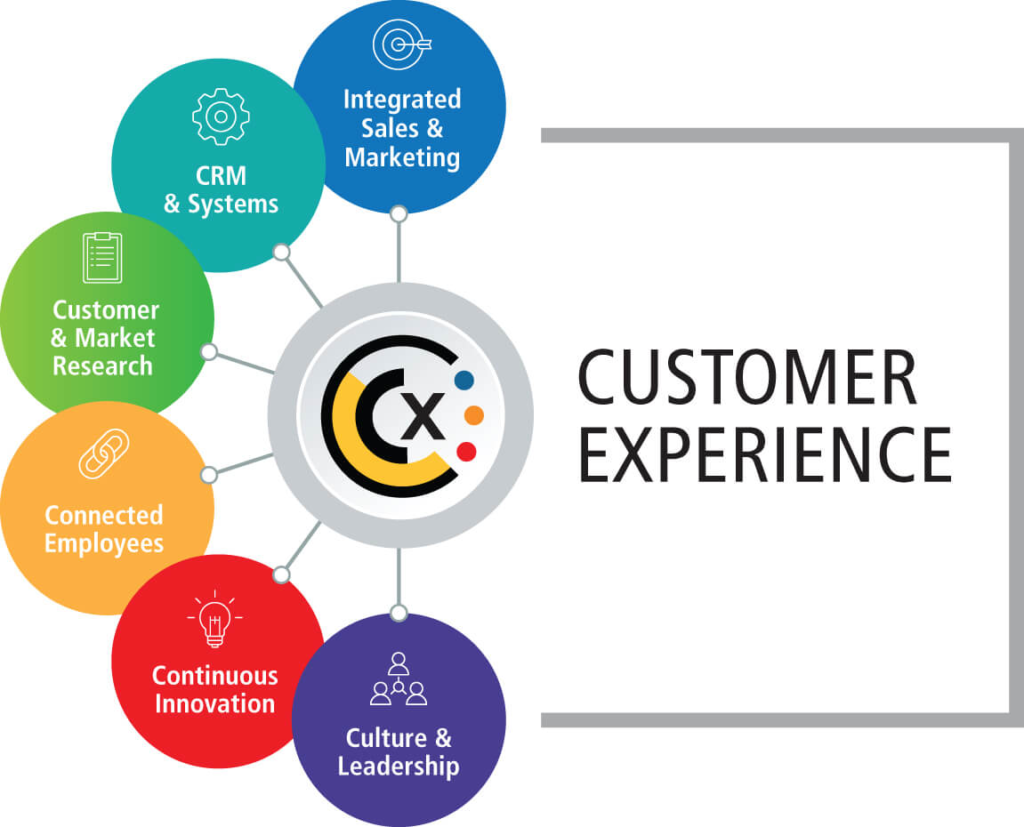Sale
In content marketing, driving sales involves leveraging valuable and relevant content to attract, engage, and ultimately convert prospects into customers. Here are strategies for using content marketing to increase sales
Understand Your Audience Conduct thorough research to understand your target audience's demographics, preferences, pain points, and buying behavior. Develop buyer personas to guide your content creation efforts and tailor content to address specific needs and interests.
Create Compelling Content Develop high-quality content that educates, entertains, and informs your audience while showcasing the value of your products or services. This could include blog posts, articles, videos, case studies, product demos, user testimonials, and comparison guides.
Highlight Benefits and Solutions Clearly communicate the benefits and solutions your products or services offer to address your audience's pain points or challenges. Focus on how your offerings can solve problems, improve outcomes, or enhance the lives of your customers.
Incorporate CTAs (Call-to-Actions) Include clear and compelling calls-to-action (CTAs) in your content to guide prospects towards the next steps in the sales process. Encourage them to take action, such as signing up for a free trial, requesting a demo, downloading a resource, or making a purchase.
Use Content to Address Objections Anticipate and address common objections or concerns prospects may have about your products or services. Create content that educates and reassures them, provides answers to frequently asked questions, or offers solutions to overcome potential barriers to purchase.

Utilize Customer Testimonials and Reviews Incorporate customer testimonials, reviews, case studies, and success stories into your content to build credibility, trust, and social proof. Highlight real-life examples of satisfied customers who have benefited from your offerings.
Optimize Content for SEO Ensure your content is optimized for search engines to improve its visibility and attract organic traffic from relevant search queries. Conduct keyword research to identify relevant search terms and incorporate them strategically into your content.
Promote Your Content Use various channels to promote your content and increase its reach. Share it on social media platforms, email newsletters, industry forums, and relevant online communities. Leverage influencer partnerships, guest blogging opportunities, and content syndication networks to expand your audience.
Track and Measure Results Monitor key performance indicators (KPIs) related to your sales goals, such as website traffic, conversion rates, lead-to-customer conversion rate, and revenue generated from content marketing efforts. Analyze data to identify what's working well and where improvements can be made.
Continuous Optimization Continuously optimize your content marketing strategy based on performance data and feedback. Test different content formats, messaging strategies, CTAs, and distribution channels to identify the most effective approaches for driving sales.
